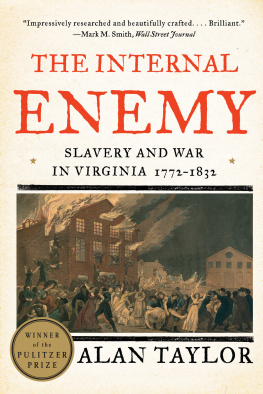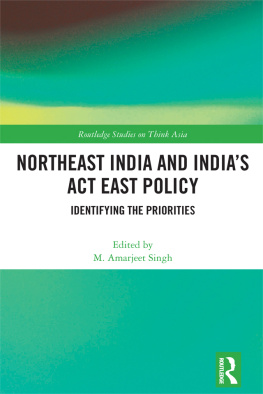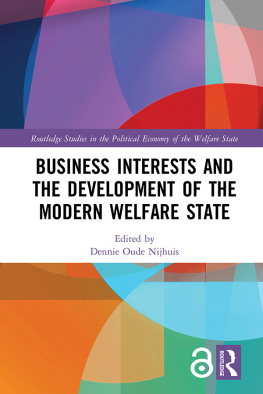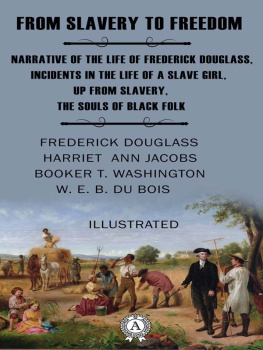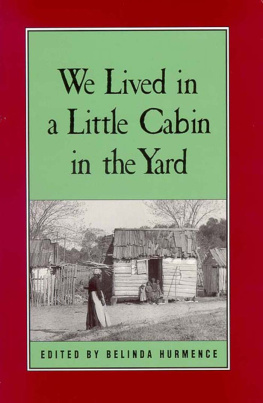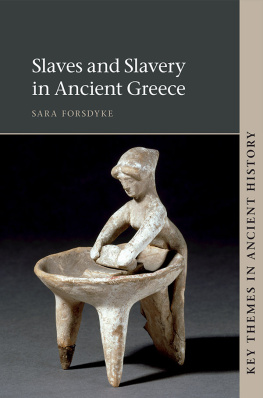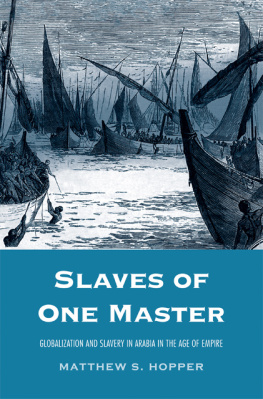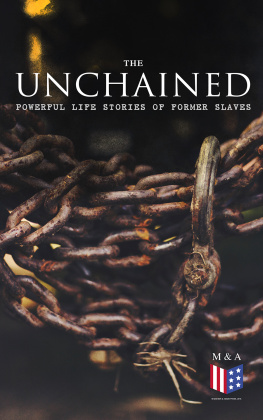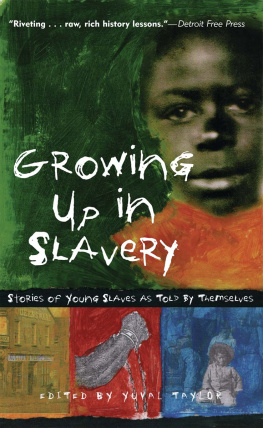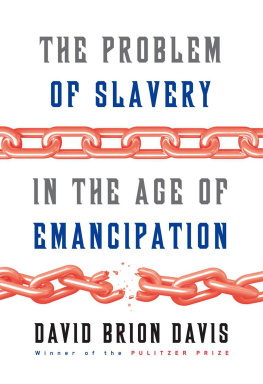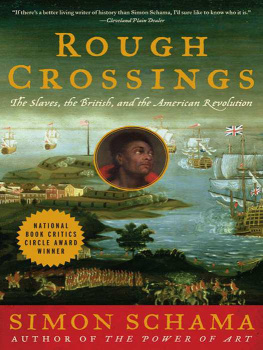
Praise for
THE INTERNAL ENEMY
[A] meticulous and insightful account of why runaway slaves... were drawn to the British side as potential liberators.
Pulitzer Prize citation
By the time British forces burned Washington, D.C., during the War of 1812, they had on their side hundreds of runaway slaves who acted not only as guides and sailors, but also as rebels committed to freeing family members and plundering their former masters. Drawing on overlooked sources, Alan Taylor presents a marvelous portrait of this internal enemy and the slaveholders who, finding their worst fears realized, thereafter embraced sectional doctrines that led to civil war.
National Book Award citation
The Internal Enemy reinforces Alan Taylors standing as our leading historian of colonial and early national America. This deeply researched, beautifully written account of the slaves who sought freedom by escaping to the British during the War of 1812 illuminates a little-known episode in our nations past and offers a dramatic instance of the persistent interconnections between American slavery and American freedom.
Eric Foner, author of The Fiery Trial
Alan Taylor has added a remarkable chapter to American history, showing how the actions of black Virginians in the War of 1812 remade the nations politics in ways that profoundly influenced the racialized lead-up to the Civil War. Taylors meticulous research and crystal-clear prose make this essential reading for anyone seeking new insights into a troubled American past.
Elizabeth A. Fenn, author of Pox Americana
Alan Taylors brilliant new book illuminates the crucial role runaway slaves played in the devastating British campaign that led to Washington, D.C.s burning. Deeply researched and movingly told, The Internal Enemy is a great historians masterwork.
Peter Onuf, author of Jeffersons Empire
Explains how the loss of slaves, along with the perceptions that the government was doing little to stop their flight... sowed some of the Southern antagonism that led to the Civil War.... [Taylor] tells a captivating story through real accounts.
Jean Marie Brown, Dallas-Fort Worth Star-Telegram
The Internal Enemy is a comprehensive, scholarly work, made accessible by Taylors skill as a storyteller. He focuses on individuals... [including] enslaved people, slave owners, political leaders, working-class white people, and British opponentsand by telling their stories, he brings the larger historical realities of the time to life.
Kel Munger, Sacramento Bee
One of the greatest works of American history I have ever read.... The elegantly written and carefully researched volume shatters a good deal of received wisdom and addresses an understudied phenomenon: the fate of the Southern slaves freed by force by the British.
Stephen L. Carter, Bloomberg View
An extraordinary story, and The Internal Enemy tells it in vivid prose and compelling, deeply researched detail. But Taylor never gets lost in details. He has important things to sayabout slavery, about war and about America.... Taylor writes locally but thinks globally.... Indeed, its hard not to be dazzled by the ease with which Taylor moves from the lives of individual slaves, to the history of a large planter family, to the fault lines of Virginia politics, to the national debate over slavery in the western territories, out into the Atlantic world to the history of the British Empire.
James Oakes, Washington Post
In his impressively researched and beautifully crafted The Internal Enemy , Mr. Taylor introduces us to far less familiar custodians of American libertyslaves and former slaves like Bartlet Shanklyn, Jack Ditcher and Jeremiah West.... [H]e admirably contextualizes [the War of 1812] with a brilliant account of slavery in Virginia during and after the Revolution.
Mark M. Smith, Wall Street Journal
[An] exemplary work of history.... Full of implication, an expertly woven narrative that forces a new look at the peculiar institution in a particular time and place.
Kirkus Reviews Best Books of 2013 , starred review
[R]evealing and engrossing.... This is a well-written and scrupulously researched examination of an important aspect of the struggle against American slavery.
Booklist
ALSO BY ALAN TAYLOR
The Civil War of 1812:
American Citizens, British Subjects, Irish Rebels, & Indian Allies
The Divided Ground:
Indians, Settlers, and the Northern Borderland of the American Revolution
Writing Early American History
American Colonies:
The Settling of North America
William Coopers Town:
Power and Persuasion on the Frontier of the Early American Republic
Liberty Men and Great Proprietors:
The Revolutionary Settlement on the Maine Frontier, 1760-1820


Frontispiece: Burning of the Theater in Richmond , December 26, 1811, colored aquatint by B. Tanner, 1812. (Courtesy of the Virginia Historical Society).
Copyright 2013 by Alan Taylor
All rights reserved
First published as a Norton paperback 2014
For information about permissions to reproduce selections from this book, write to Permissions, W. W. Norton & Company, Inc., 500 Fifth Avenue, New York, NY 10110
For information about special discounts for bulk purchases, please contact W. W. Norton Special Sales at specialsales@wwnorton.com or 800-233-4830
Book design by Helene Berinsky
Production Manager: Louise Mattarelliano
The Library of Congress has cataloged the printed edition as follows:
Taylor, Alan, 1955
The internal enemy : slavery and war in Virginia, 17721832 / Alan Taylor. First edition.
pages cm
Includes bibliographical references and index.
ISBN 978-0-393-07371-3 (hardcover)
1. SlaveryVirginiaTidewater (Region)History. 2. SlavesVirginiaTidewater (Region)History. 3. Plantation lifeVirginiaTidewater (Region)History. 4. VirginiaHistoryWar of 1812. 5. United StatesHistoryWar of 1812Participation, African American. 6. United StatesHistoryWar of 1812Naval operations, British. I. Title.
E445.V8T38 2013
975.5'03dc23
2013009643
ISBN 978-0-393-24142-6 (e-book)
ISBN 978-0-393-34973-3 pbk.
W. W. Norton & Company, Inc., 500 Fifth Avenue, New York, N.Y. 10110
www.wwnorton.com
W. W. Norton & Company Ltd., Castle House, 75/76 Wells Street, London W1T 3QT
For Alessa, Chris and Gabriel
Andin memory ofEmory G. Evans
CONTENTS

I do not wish, sir, to leave my master, but I will follow my wife and children to death.
DICK CARTER, APRIL 22, 1814

Maps
Illustrations
.
.
.
.
.
.
.
.
.
.
.
.
.
.
.
.
.
.
.
.
.
.
.
.
.
.
.
.
.
.
.
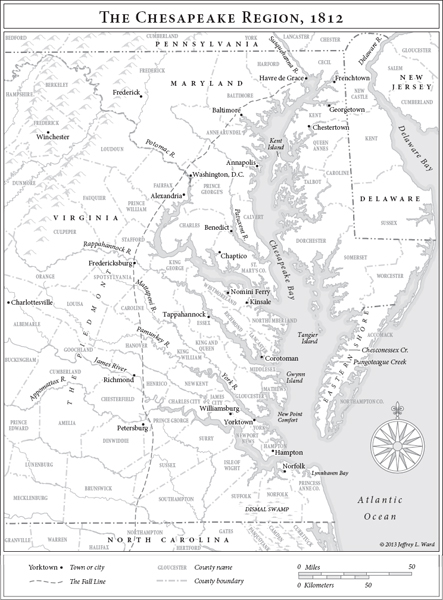
Next page
